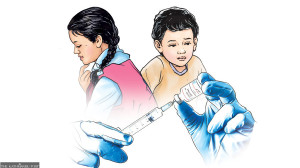Politics
As Janata Samajbadi Party attempts to conclude unity, Province 2 government likely to have an impact
Insiders say a change of guard in Province 2 while the unified force integrates committees of the constituent parties and divides work for top leaders.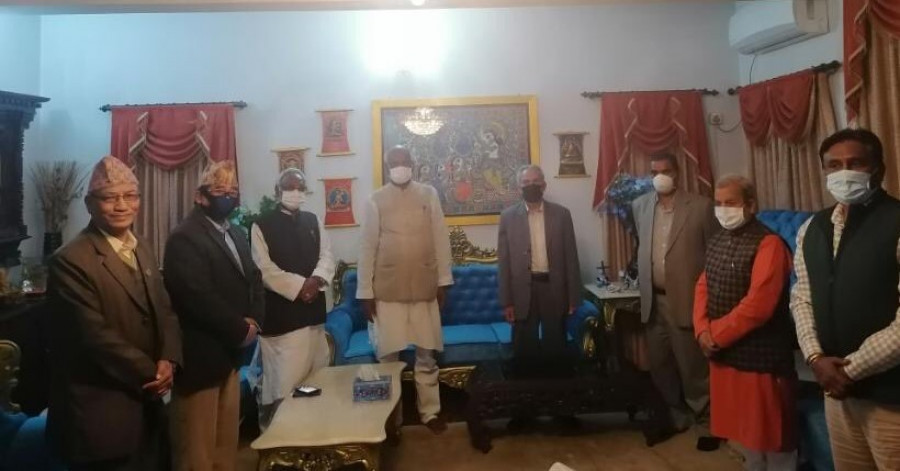
Tika R Pradhan
As the Janata Samajbadi Party, which was born out of a hasty deal between Samajbadi Party Nepal and Rastriya Janata Party Nepal, looks to complete its unification process by dividing roles for its top leaders, the impact of the merger is likely to be seen on the Province 2 government.
The two parties had formed a coalition government in Province 2 after the 2017 elections, with Lal Babu Raut of Samajbadi Party as chief minister.
Even though the two parties, both with their large vote base in Madhes, were mulling unification, they declared their merger on April 22.
Their unity, however, has been hamstrung by leaders’ egos.
On Friday, three senior leaders of the party–Baburam Bhattarai, Rajendra Mahato and Ashok Rai–held a meeting to expedite the party unification process by integrating the leaders.
“Despite restrictions due to Covid-19, we have been holding discussions on a regular basis,” said Mahato, a senior leader of the party.
Just as the party is working on work divisions of its top leaders, concerns are also emerging about the Raut-led government’s performance.
A major conflict is likely to arise between Raut and Jitendra Sonal.
Raut was elected chief minister as he was the leader of the parliamentary party of the Samajbadi Party in Province 2 Provincial Assembly. Sonal was the leader of the parliamentary party of the Janata Party.
In the 107-member Provincial Assembly, Samajbadi Party has 30 seats and Janata Party has 25 seats.
Since the two parties have now united to become Janata Samajbadi Party, it can have only one parliamentary party leader.
Janata Samajbadi Party chair Mahantha Thakur hinted at the possibility of a change of guard in Province 2 but stressed that completion of the unification process is a priority.
“We are working to complete the integration of central level committees and then elect the leader of our parliamentary party in the Provincial Assembly,” Thakur told the Post. “Government leadership and some reshuffle cannot be ruled out.”
Multiple leaders from both the constituent parties the Post spoke to admitted that there have been concerns about the Raut government’s performance.
“The Raut government has failed almost on all fronts, and most of the Provincial Assembly members are for a change in the overall set-up,” said Manish Suman, a member of the Janata Samajbadi Party executive committee. “In about two years, we will go to the elections again, and delivery is key. If we want to win the elections, we must be able to give a sense to the people of proper governance.”
According to leaders, the Raut-led government faces corruption accusations. It has also failed to spend the budget.
“Due to the government’s apathy, people suffered a lot in quarantine facilities,” said a central leader of the party who spoke on condition of anonymity.
In recent months, Raut has been charged with failing to handle the Covid-19 pandemic. Province 2 so far has reported 10,719 Covid-19 infections, with 86 deaths.
The party currently has a big executive committee, with 701 members. It is also facing a challenge when it comes to fixing the hierarchy of the top leaders.
In the Samajbadi Party, Upendra Yadav and Baburam Bhattarai lead the central committee and the federal council respectively. Then there are other senior leaders who also want “respectable space” in the unified party. The Samajbadi Party was formed on May 7 last year after the merger between Yadvav’s Sanghiya Samajbadi Forum and Bhattarai’s Naya Shakti Nepal.
The Rastriya Janata Party, meanwhile, was formed by six Madhes-based parties that were under the umbrella of the Samyukta Loktantrik Madhesi Morcha. They had united in April 2017, on the eve of the elections.
Party insiders admit that there are too many leaders whose egos need to be managed to complete the unity and while doing so, its repercussions could be seen in the Province 2 government.
The provincial government has a seven-member Cabinet with six full ministers besides the chief minister. The six ministries were equally divided between the Samajbadi Party and Janata Party.
It has six state ministers.
Party leaders, however, are also concerned as to what message a change in government in the provide could give to their electorate. Province 2 is the only province where the Nepal Communist Party does not govern.
With 32 seats, the Janata Samajbadi Party is the third largest force in the federal parliament. Even though the federal parliament has already been notified of the formal registration of the Janata Samajbadi Party at the Election Commission, it is yet to decide on its parliamentary party leader.
Before their merger, Rajendra Mahato of the Janata Party and Yadav of the Samajbadi Party were the leaders of their respective parliamentary parties.
Insiders say both want to be the leader of the parliamentary party in the federal parliament, and unless this settles, it will be difficult to predict a new equation.
Yadav said they will first settle all the issues at the central level.
“After addressing the outstanding issues like integration of party committees and work divisions among the leaders, the party will decide on the leader of the parliamentary party in Province 2,” Yadav told the Post. “We will take all the decisions in consensus after assessing the overall performance of the Province 2 government.”
At the provincial level, at least four leaders are vying for the post of the parliamentary party leader –Chief Minister Raut, Finance Minister Bijay Yadav, Physical Planning Minister Sonal and Manish Suman.
According to insiders, all of them have started lobbying with the top leaders as there is a constitutional provision that the Province Chief should appoint the leader of the parliamentary party commanding a majority in the provincial assembly.
Article 168 (1) of the Constitution states that the Chief of the Province shall appoint the leader of the parliamentary party commanding a majority in the Province Assembly as the Chief Minister, and the Provincial Council of Ministers shall be constituted under his or her chairpersonship.
Leaders from the former Janata Party say Raut should hand over the reins to one of their leaders, as he, from Samajbadi Party, has already led the government for more than half the term.
Leaders of the former Samajbadi Party, including Upendra Yadav, however, say rather than changing the chief minister, a Cabinet reshuffle could be possible evaluating the government performance so far.
Keshav Jha, who was one of the general secretaries in the former Rastriya Janata Party, said it will take some time before changes are effected in the Province 2 government.
“The party will elect the new parliamentary party leader at the province after finalising the Central Committee,” Jha, a member of the executive committee, told the Post.
The party in the meantime is also considering ways to deal with the new equation that has emerged. Since Janata Samajbadi Party is now one united force, it cannot hold both Speaker and Deputy Speaker posts in the Provincial Assembly.
Leaders say a deal with Nepal Communist Party which has 32 seats is unlikely, hence the party could reach some understanding with the Nepali Congress, which has 19 seats.
“Discussions are under way within the party if we could rope in the Nepali Congress,” said Suman. “The party, however, is yet to discuss the issue with the Congress party.”




 16.12°C Kathmandu
16.12°C Kathmandu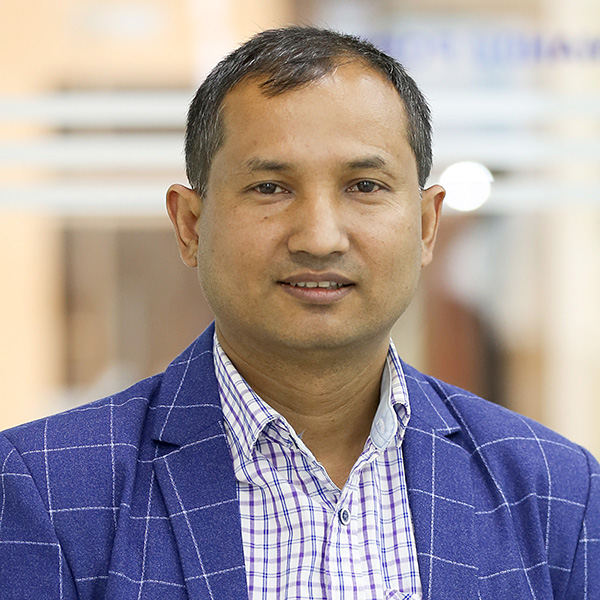

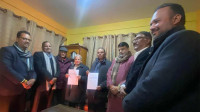
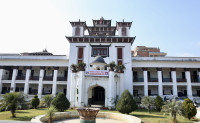


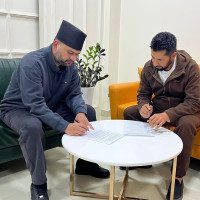

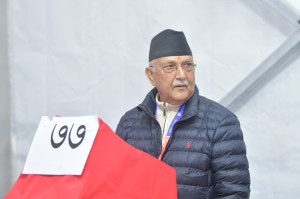
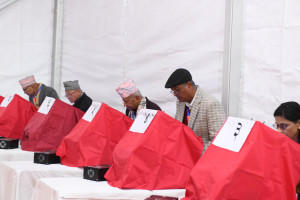




%20(1).jpg&w=300&height=200)

